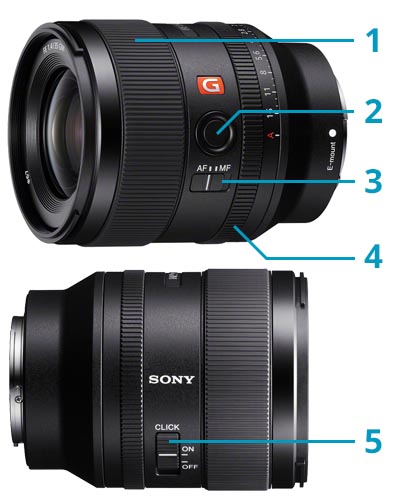Fujifilm has announced two new cameras: the GFX 100S medium format mirrorless camera, and the X-E4 an X series mirrorless APS-C sensor camera body. Both have an impressive specification seen in flagship models, squeezed into a smaller build. The full feature set of the GFX100 has been re-engineered to fit within the smaller, lighter body of the new GFX 100S. In a similar fashion the X-E4 has the same sensor and processor as the flagship X-Pro3, again in a more compact design.
Both camera bodies are more affordable then their flagship counterparts making them lighter on the wallet as well as lighter in your camera bag.

Fujifilm GFX100S Features
The GFX100S has at its heart a 102 megapixel medium format sensor. The sensors in the Fujifilm GFX series are 1.7x larger than the full-frame 35mm sensor seen in Canon, Sony and Nikon flagship bodies. Medium format digital sensors offer a different quality of image closer to that achieved with medium format analogue camera bodies such as the film cameras from Hasselblad, Mamiya and Fujifilm in the past. A large lens mount is needed for such a large sensor and the GFX100S has a reinforced chassis which is 1mm thicker around the mount while the camera is overall 500g lighter than the GFX100. The increased density at the lens mount gives greater support for larger GF lenses.
X-Processor 4 is the engine behind the impressive 102 megapixel sensor. It powers the on-sensor phase detection auto-focus making this camera versatile, accurate and very fast. The shutter unit has been re-designed and the in-body image stabilisation (IBIS) unit is a new design which is 20% smaller and 10% lighter than the IBIS in the GFX100 while delivering 6 stops of image stabilisation.
The large sensor is also capable of recording 4k30p video at 16:9 or 17:9 aspect ratios, and can record 10 bit F-Log to an internal SD card or output 12bit ProRes RAW via the HDMI port to an external recorder. 12 bit RAW footage can be output via HDMI to an Atomos Ninja V recorder to eliminate in-camera image processing and offer you freedom to make decision in post.
Fujifilm X-E4 Features
The Fujifilm X-E4 is a lightweight, rangefinder-styled camera built around the latest X-Trans 26.1MP CMOS 4 sensor and the X-Processor 4. With Fujifilm’s latest sensor and processor combined the X-E4 inherits features from the most recent Fujifilm cameras, including an updated AF system, 4K video recording and fast burst shooting rates. If you shoot to JPEG, there are now eighteen of Fujifilm’s film simulation modes to choose from.
The X-E4 has a tilting LCD screen which can be flipped to 180 degrees for forward facing monitoring. The AF system can achieve focus in 0.02 seconds and uses an advanced tracking algorithm to hold focus on moving subjects.
When recording video the X-E4 oversamples 6k footage to record 4k30p 4:2:0 8-bit in camera, or to output 4k30p 4:2:2 10-bit via HDMI.






 Sony has refined the focus system to deliver a close focusing distance of 27cm which adds product photography potential to an already versatile lens.
Sony has refined the focus system to deliver a close focusing distance of 27cm which adds product photography potential to an already versatile lens. Sony G Master lenses are built for professional use and the FE 35mm f1.4 G Master is no exception. The lens has dust and moisture seals to withstand use in tough conditions. The lens also has many controls to make it easier to use:
Sony G Master lenses are built for professional use and the FE 35mm f1.4 G Master is no exception. The lens has dust and moisture seals to withstand use in tough conditions. The lens also has many controls to make it easier to use: